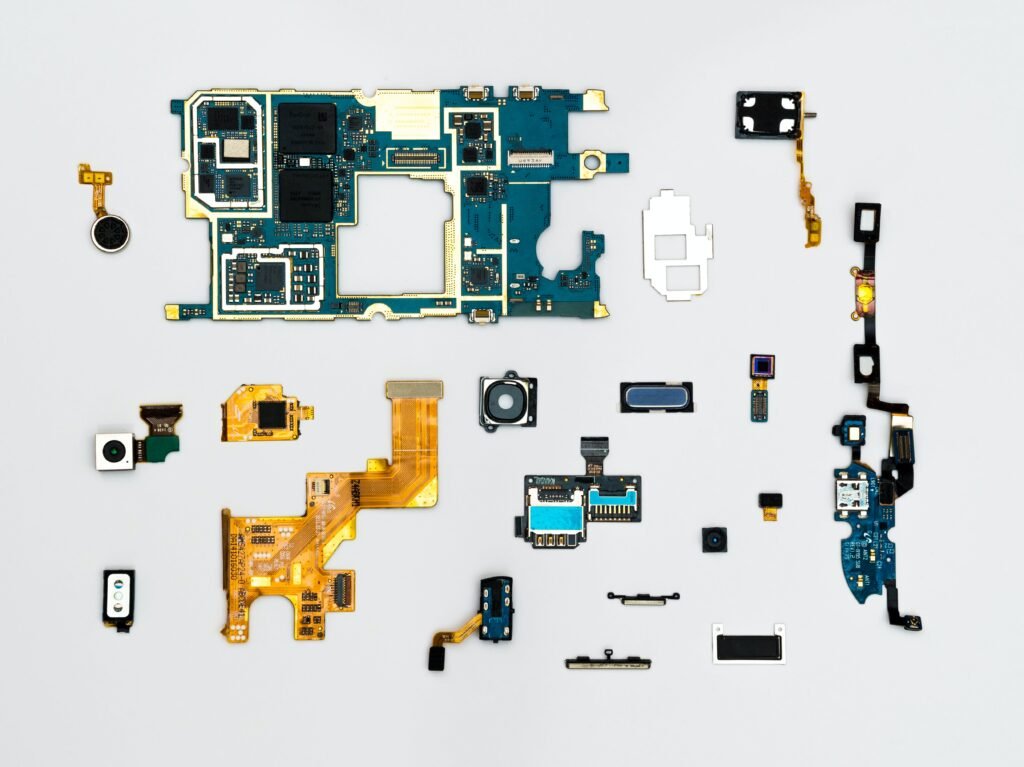Smartphones have become an integral part of our lives, allowing us to stay connected, access information, and perform a multitude of tasks on the go. However, if we compare the design of modern smartphones to the early mobile phones, it becomes apparent that the smartphone segment is relatively stagnant in terms of design innovations. In this blog post, we will explore the reasons behind this lack of design evolution and why the early mobile phones seemed to have more innovative designs.
1. Market Saturation and Consumer Expectations
One of the primary reasons for the lack of design innovations in smartphones is the market saturation. The smartphone industry has become highly competitive, with numerous manufacturers vying for market share. As a result, manufacturers tend to focus more on improving internal hardware, camera capabilities, and software features rather than pushing the boundaries of design.
Moreover, consumers have certain expectations when it comes to the design of smartphones. They want devices that are slim, lightweight, and aesthetically pleasing. Manufacturers have to strike a balance between meeting these expectations and incorporating new design elements.
2. Technological Limitations
While early mobile phones were limited in terms of functionality, they had more room for experimentation when it came to design. Smartphones, on the other hand, are packed with advanced technologies and components, leaving little room for drastic design changes. Components such as larger batteries, high-resolution displays, and multiple cameras take up space, making it challenging to introduce radical design innovations.
Additionally, smartphones need to be durable and resistant to water and dust, which further restricts design possibilities. Manufacturers have to prioritize functionality and practicality over design experimentation.
3. Cost and Manufacturing Constraints

Manufacturing smartphones involves complex processes, and any changes in design can lead to increased costs and production challenges. Manufacturers have to consider factors such as mass production, assembly line efficiency, and supply chain management. These constraints often limit the scope for design innovations, as manufacturers strive to keep costs down and streamline production.
Furthermore, smartphones are mass-produced consumer products, and manufacturers need to cater to a wide range of users with different preferences. This means that designs need to be universally appealing and practical, which can restrict experimentation and radical design changes.
4. Brand Identity and Market Trends
Established smartphone manufacturers have developed their brand identities and design languages over the years. They often stick to familiar design elements to maintain brand recognition and consistency across their product lineup. This can lead to a lack of design innovations as manufacturers prioritize brand identity over radical changes.
Moreover, market trends also play a significant role in shaping smartphone designs. If a particular design element or feature becomes popular, manufacturers tend to follow suit to cater to consumer demands. This can result in a lack of diversity and innovation in smartphone designs as manufacturers play it safe by adopting market trends.
5. User Experience and Ergonomics
Smartphone design is not solely about aesthetics but also about user experience and ergonomics. Manufacturers need to ensure that devices are comfortable to hold, easy to use, and offer a seamless user experience. While early mobile phones had simpler designs, smartphones need to accommodate various sensors, buttons, and touchscreens, which can limit design possibilities.
Manufacturers often prioritize functionality and usability over radical design changes to provide a consistent and intuitive user experience. This focus on user experience can result in a lack of design innovations compared to early mobile phones.
In conclusion, the smartphone segment has experienced a lack of design innovations compared to the early mobile phones due to market saturation, technological limitations, cost and manufacturing constraints, brand identity considerations, and user experience priorities. While the design of smartphones may seem stagnant, manufacturers continue to focus on improving internal hardware, camera capabilities, and software features to enhance the overall user experience.




